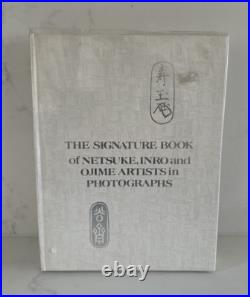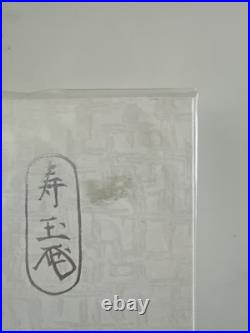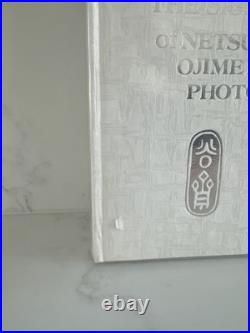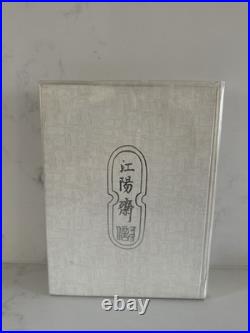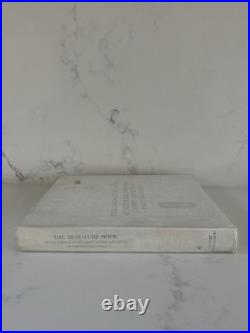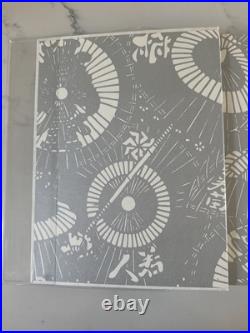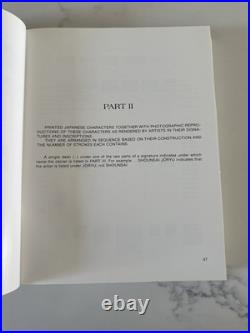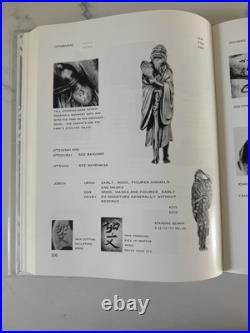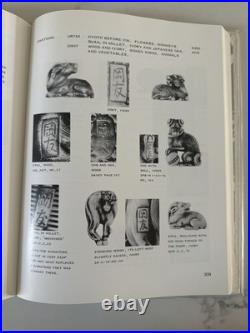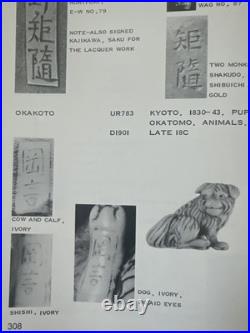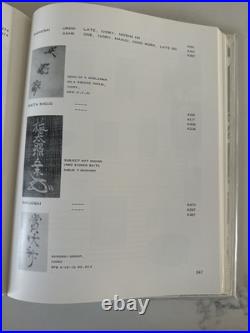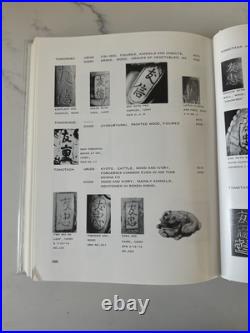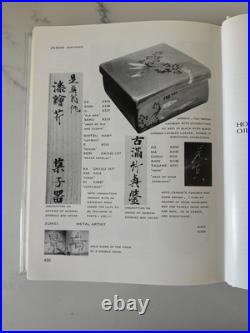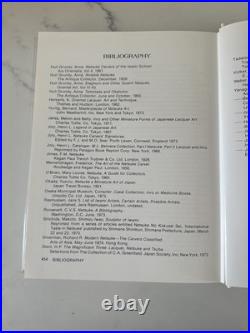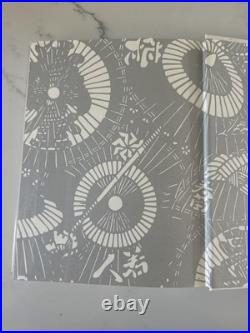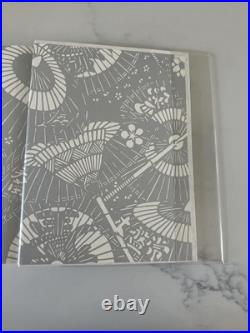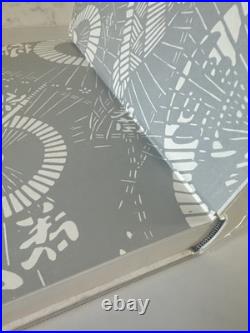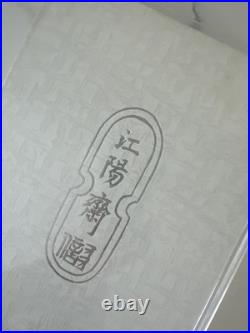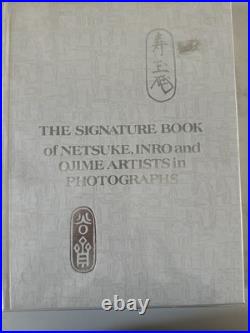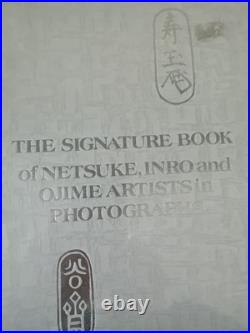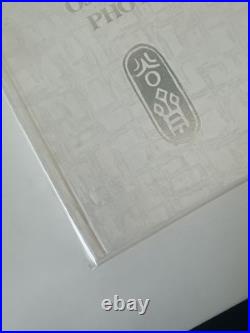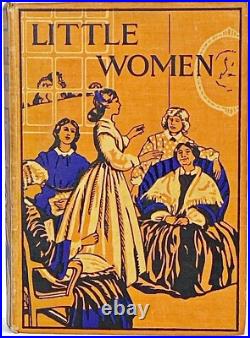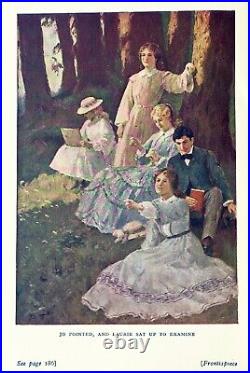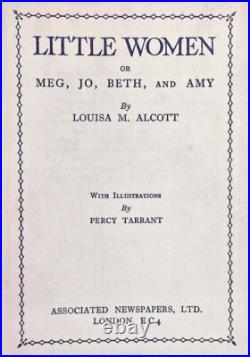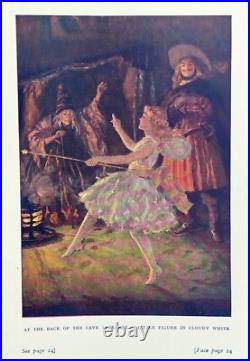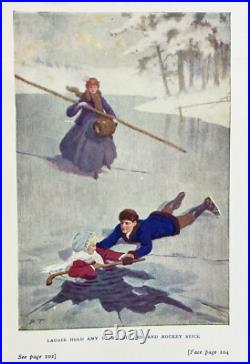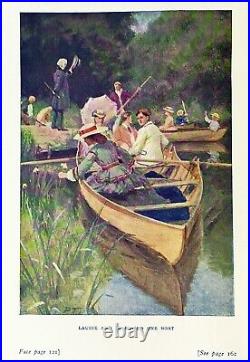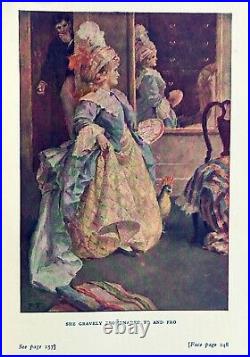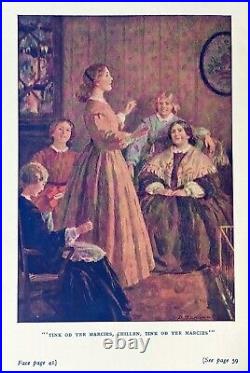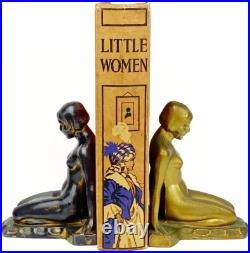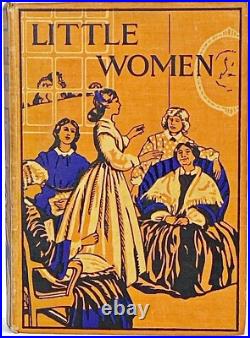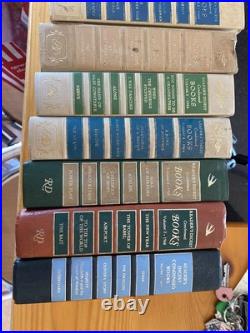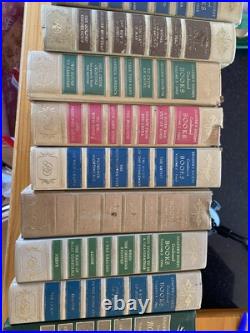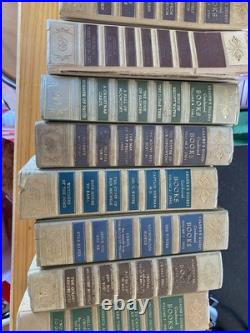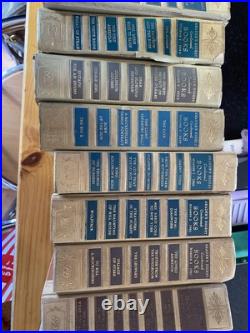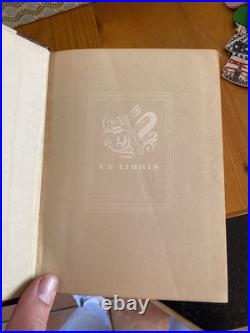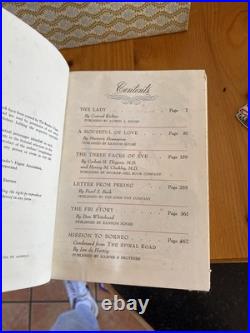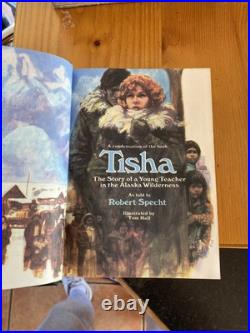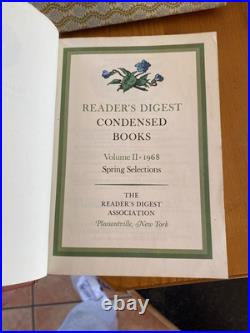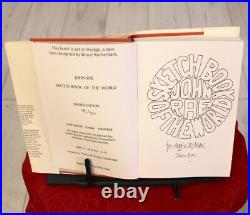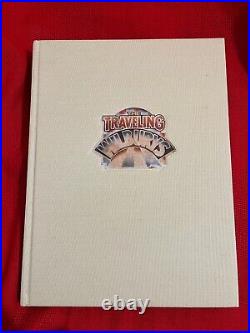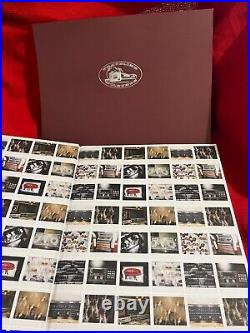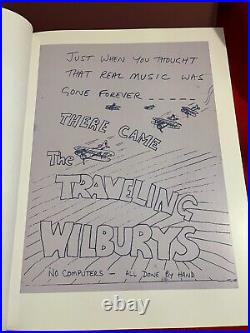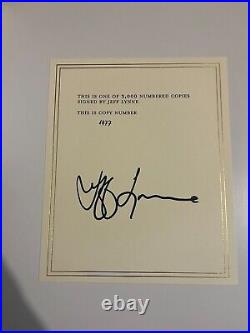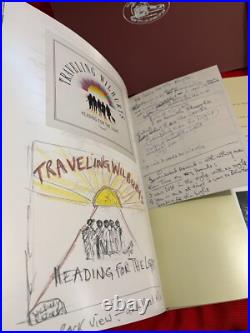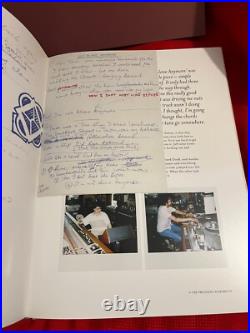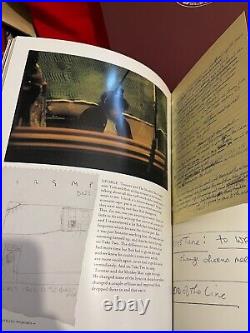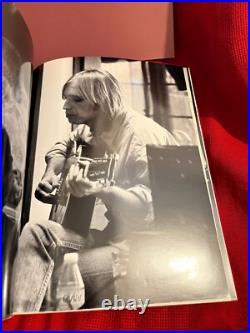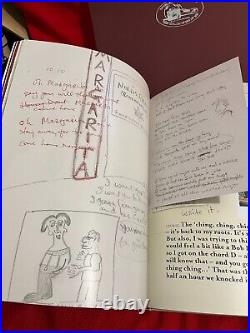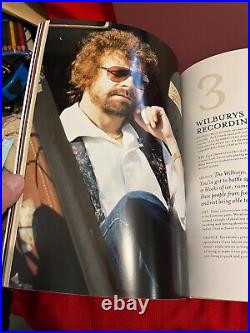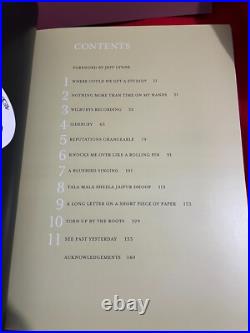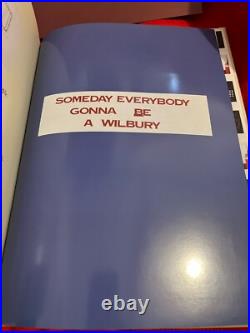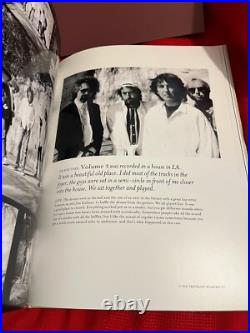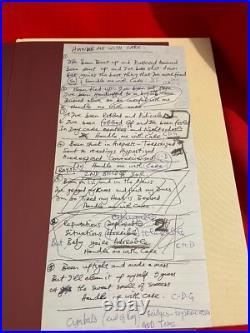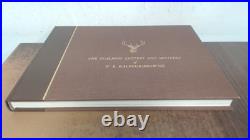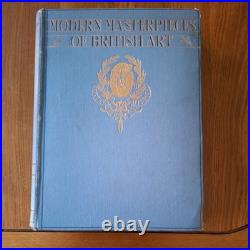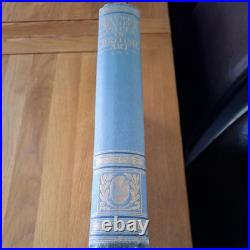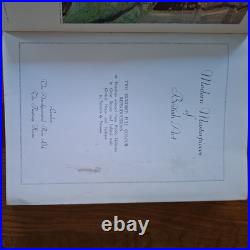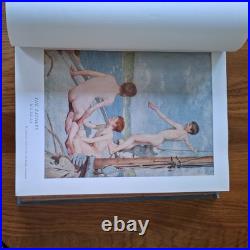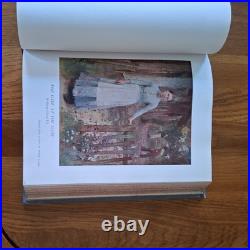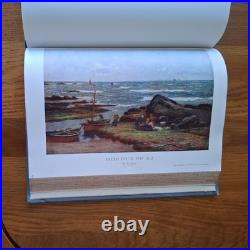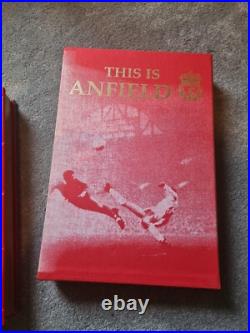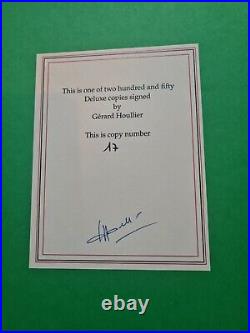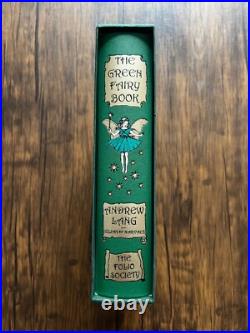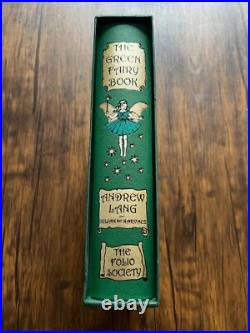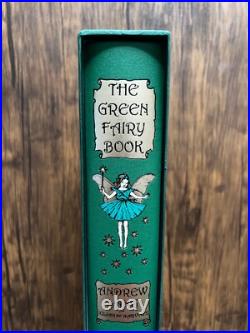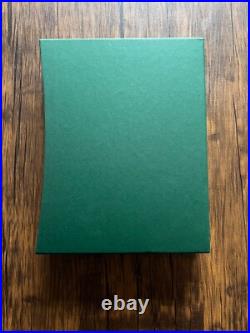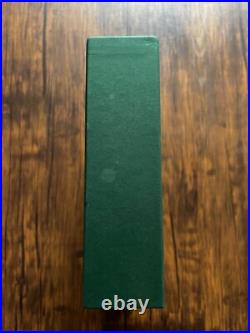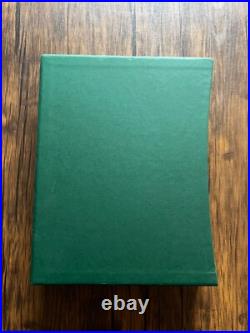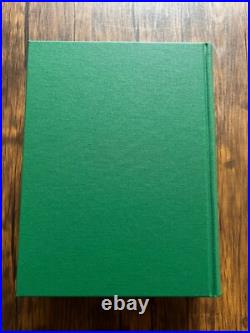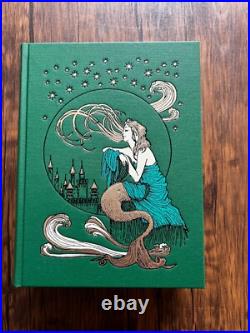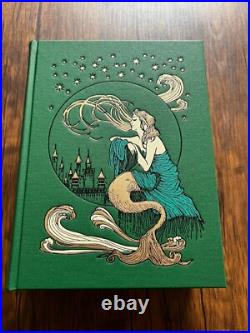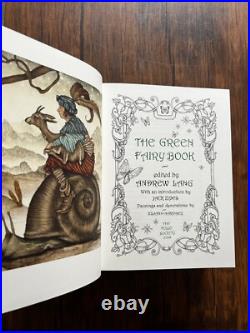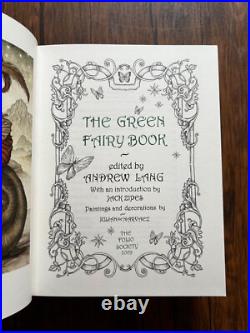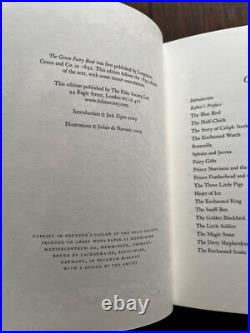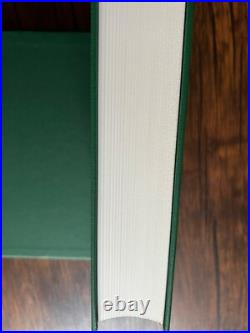

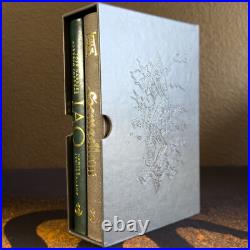
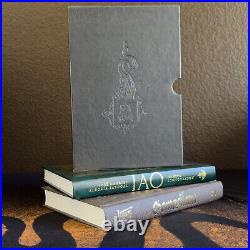
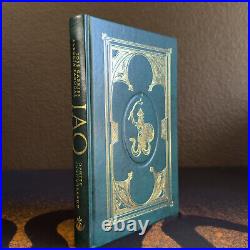
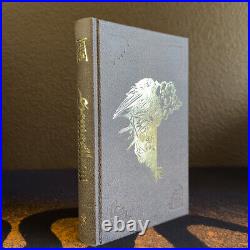

Both Collectors Editions and the limited edition leather slipcase only available from the kickstarter. Slipcase bound in WINTAN “Vintage” Granite Bonded Leather. Tooled with Shiny Black foil blocking on the recto & verso. IAO: Ophite Iconography Collectors Edition (2022). Cover Material: Eurobound Deep Forest Green’Aristo’ Bonded Leather. Gold foil blocking on rounded spine and on the cover, as well as Blind Deboss on the cover and backcover. Full Colour interior, with B&W printed Graphite Endpapers with cracked-stone texture. Green & Yellow Headbands. Illustrated throughout by José Gabriel Alegria Sabogal. Fine typography, printed on textured paper: Strathmore Cambric Platinum White 200M archive-quality paper. + Comes with a carton-plate insert glued on the interior, individually hand-numbered, and signed by the author & artist José Gabriel Alegria Sabogal. Semesilam: The Eternal Sun. 6.5 x 9.5 inches. Same overall size as the IAO Hardcover but thicker. Cover Material: Napura Sangha [Dark Brown] highly textured material. Gold foil blocking and Blind Deboss details on the cover and back-cover. “Spruce” (Dark Teal colour) textured Endpapers. Fine typography and layout by Joseph Uccello. Printed on Accent Antique Alabaster 150 gsm archive-quality paper. Comes with a numbered tipped-in carton-plate signed by the Author. Limited to 1300 copies. The World as Reflection. The Image of the Pleroma. Appendix: Sibylline Dialogues: An Imaginary Conversation with William Blake. Transcription & Translation of the Sibylline Dialogues. Is an iconographic proposal, an attempt to illustrate the Gnostic worldview and its myths as understood by the Ophites, a sect of which little is known. It is, perhaps, an exercise of imagination, of what Christian iconography could have resembled if the Ophites had survived. Visually, it follows the sequences of the. Reordering their contents according to this heterodox initiative. Gnosticism lacks images in a remarkable way, the abstraction of its texts is only equated by the visual silence of its few and discrete remains. And yet the texts are filled with images! These images are, in fact, visions, allegories, and myths of a yet unexplored richness. And the ambitious proposal here is to consolidate an iconographic programme. Central to this initiative is the reconstruction of the Ophite diagram described by Origen of Alexandria in. A complex system in which their whole cosmic vision was integrated. The three axis, which the images will revolve around, are three distinctive topics of the gnostic worldview: The demiurge (and his relation to the manifested world), the myth of Sophia (and the female aspects of the divine), and the ophite Christology, or the saviour as a serpent. Rejects the commonly held notion of Gnosticism as a mere form of dualism within Christianity, and explores its relationship with other religions – if only by conceptual coincidence, following Edward Conze’s comparison between Buddhism and Gnosis. Moreover, the Ophites, by declaring Christ to be an incarnation of the Serpent of Genesis, stood outside the moral spectrum of what is now understood as Christianity. Instead, notions of non-duality can be found in the doctrines of Basilides and the idea of the Pleroma, which are explored within, both conceptually and visually. SEMESILAM: The Eternal Sun. By José Gabriel Alegría Sabogal. A Handbook of Sacred Anatomy. A Note from the Author to the Reader A Handbook of Sacred Anatomy Index of Images (for Book I). Introduction: The Two Natures The Power of Books, the Power of Images, and a Book of Images Angels or Manifestations: The Beheld Metamorphoses Death & Imagination Symbols Bone Works A Second Nature Index of Images (for Book II). Portæ Lucis – Solarization of the Crypt. In the new prologue to. Sabogal offers personal insight into the diverse circumstances that played a role in producing this corpus, including the motifs, symbols, and ideas behind them, and further interpretations of various images and themes – Gnostic Symbolism, Angelic Iconography, and Symbols of the Unconscious among others – which have been crucial to his artistic process. Within this myriad of symbology and meaning, the Sun is at the forefront, a recurring symbol and inspiration for the book’s title. Here identified as an inscription often found on the so-called. Gnostic gemstones, pointing to the everlasting nature of the solar orb. Handbook of Sacred Anatomy. That explores mystical interpretations of human remains, while. Was significantly inspired by Jungian analyses, delving also into the mysterious. The headless figure – symbolically suggestive of both the dragon and contemplation of death – used by surrealist author Georges Bataille, who, in an uncompromising non-rational way, sought to create its own visual associative language. A new preface by Frater Acher author of the Holy Daimon trilogy [Scarlet Imprint, 2018; 2020; 2022]. [Hadean Press, 2021], and. [Tadehent Books, 2022], and an epilogue by Gabriel McCaughry founder and owner of Anathema Publishing Ltd. [Anathema Publishing, 2018] also illustrated by José, both give testimony to Sabogal’s long-standing personal, literary, and artistic relationships – the fruits of which have taken the form of several publications and have inspired the artwork compiled here. Features a new and carefully designed layout by artist and typographer Joseph Uccello, which enhances the presentation of this collection, thereby making it available as a fine edition, showcasing material that has been otherwise out of print for a considerable while. Certainly, a worthy addition for those who are interested in José Gabriel’s body of work.


